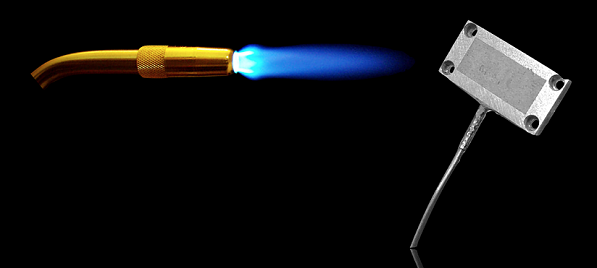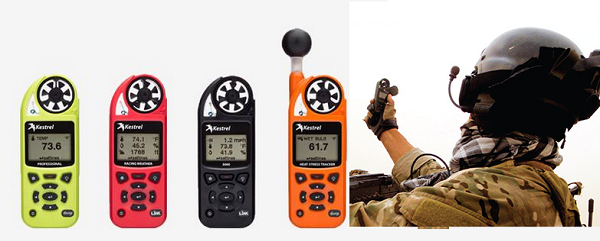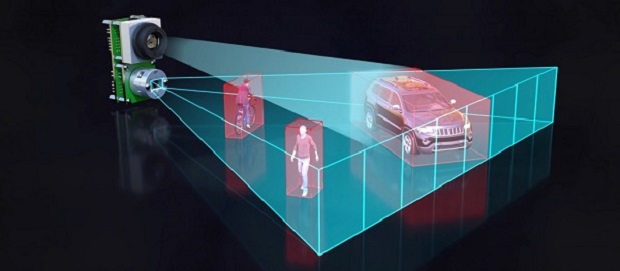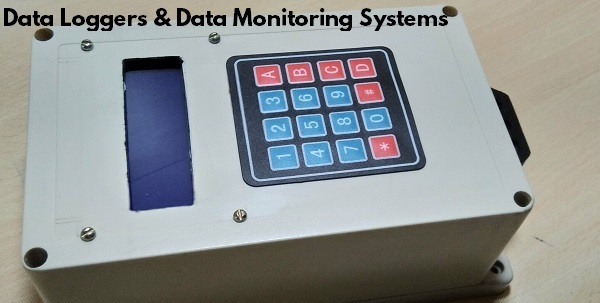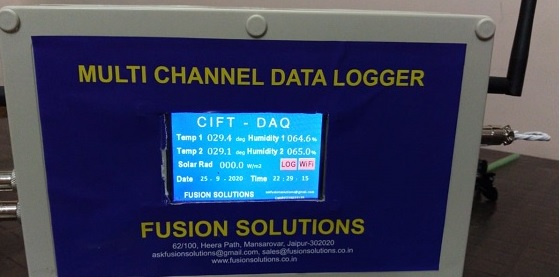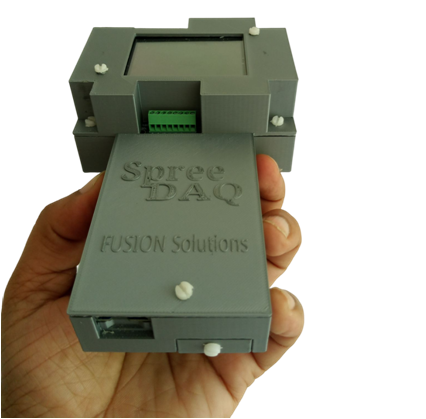| UNDERSTANDING DIGITAL MULTIMETER SPECIFICATIONS | |
Whenever we go to buy or search for a digital multimeter, first question which is asked from us is " Which DMM you need - 3.5 digit/ 4.5 digit/ 6.5 digit?" Once we answer this, next question is "How many counts should it have?" Often these terms "digits" and "counts" confuse us time and again. So let's understand what these terms mean in DMM specifications. |
|
Digits In DMM specifications, "digits" represent the resolution of multimeter. Commonly available DMMs offer 3.5 digits, 4.5 digits and higher resolutions. Actually, "3.5/ 4.5/etc" - this whole number needs to be written as 3 and 1/2 digits, 4 and 1/2 digits, and so on. Here, "3 and 1/2 digits" indicate that there can be "3" full digits, meaning three digits can be displayed from 0-9 on the display and "1/2" indicate that the first digit of the display can be either 0 or 1. Thus 3.5 digit DMM can display from 0000 to 1999 (ignoring the decimal point). Some DMM call themselves as 3 and 3/4 digit DMM. Here again, there are "3" full digits from 0-9 on the display and "3/4" indicate that the first digit of the display can take four values from 0 to 3. Thus 3 3/4 digit DMM can display from 0000 to 3999. Similarly, 4 1/2 digits mean the display can show 00000 to 19999 and 5 1/2 digit DMM can show from 000000 to 199999. Counts DMMs often have multiple ranges. "Counts" indicate what the DMM can display before it moves on to the next range. 2000 count DMM means the range changes once the measured reading exceed 1999 on the display. For example, suppose DMM reads 1.999V. Now if value changes to 2V, it will display 2.00. One digit resolution is lost. As mentioned earlier , 3 1/2 digit multimeter offers 2000 count , 4 digit multimeter offers 10000 count, 3 3/4 digit multimeter offers 4000 count and so on. |
|


..one stop store for your needs

